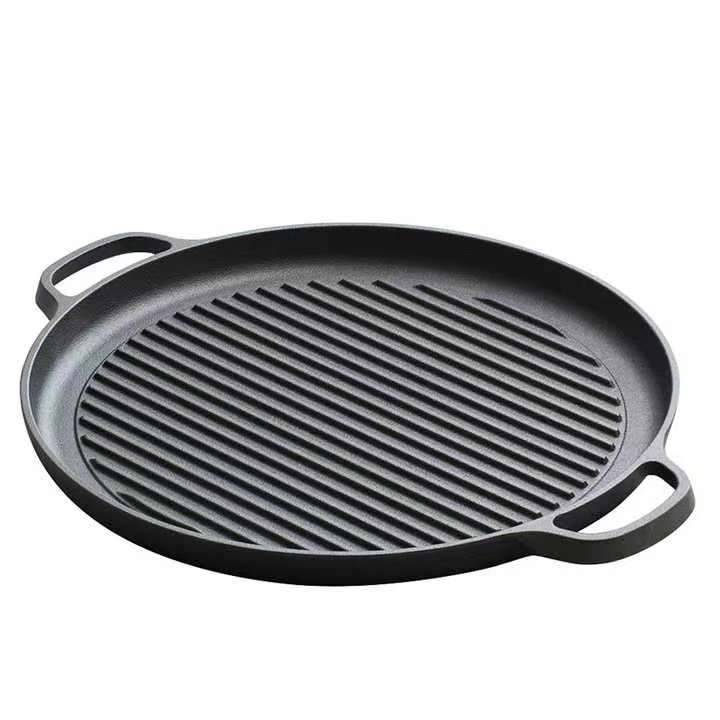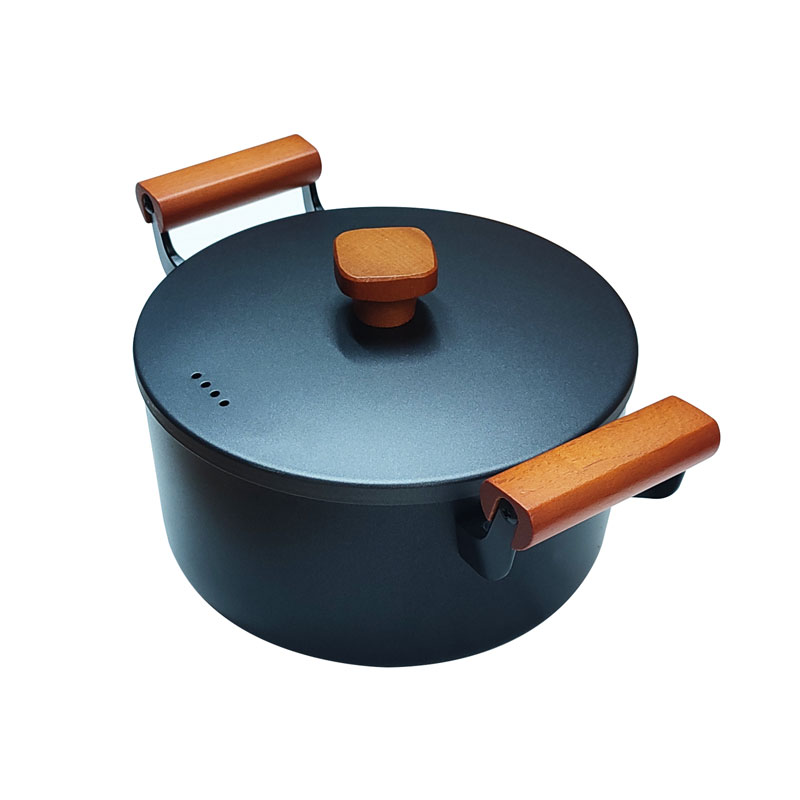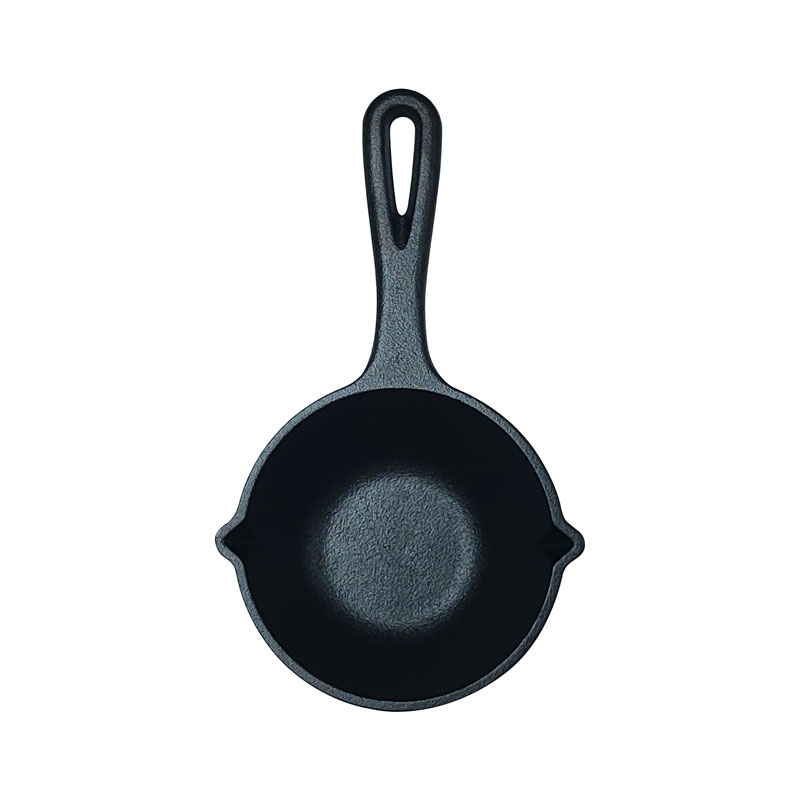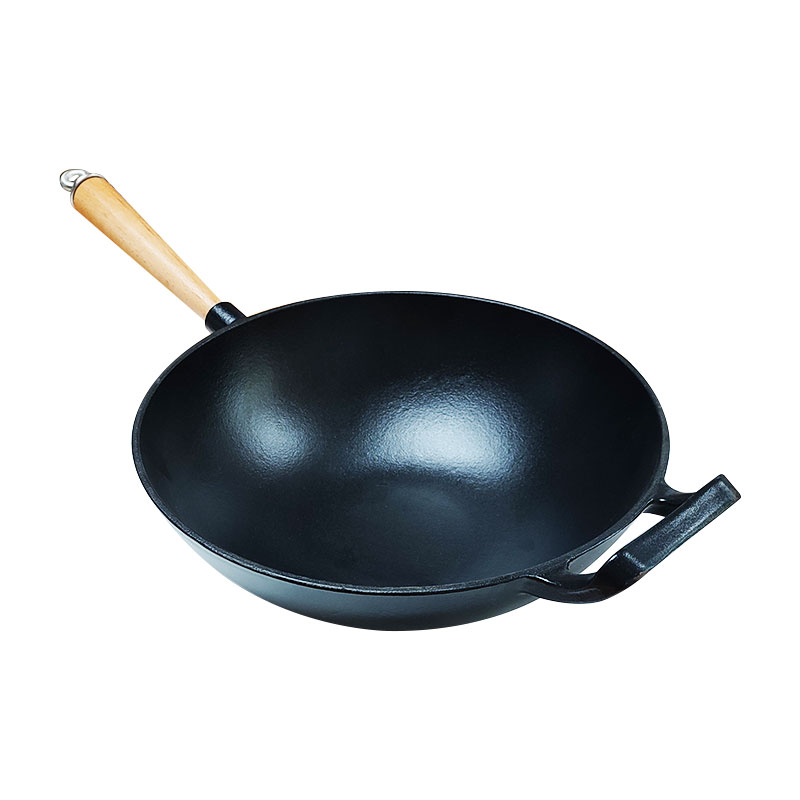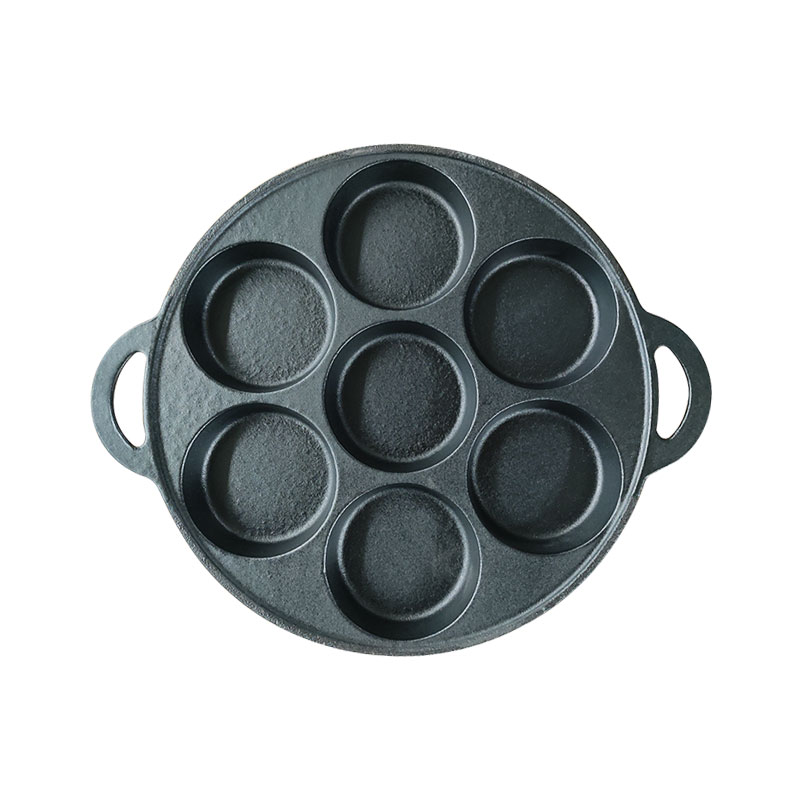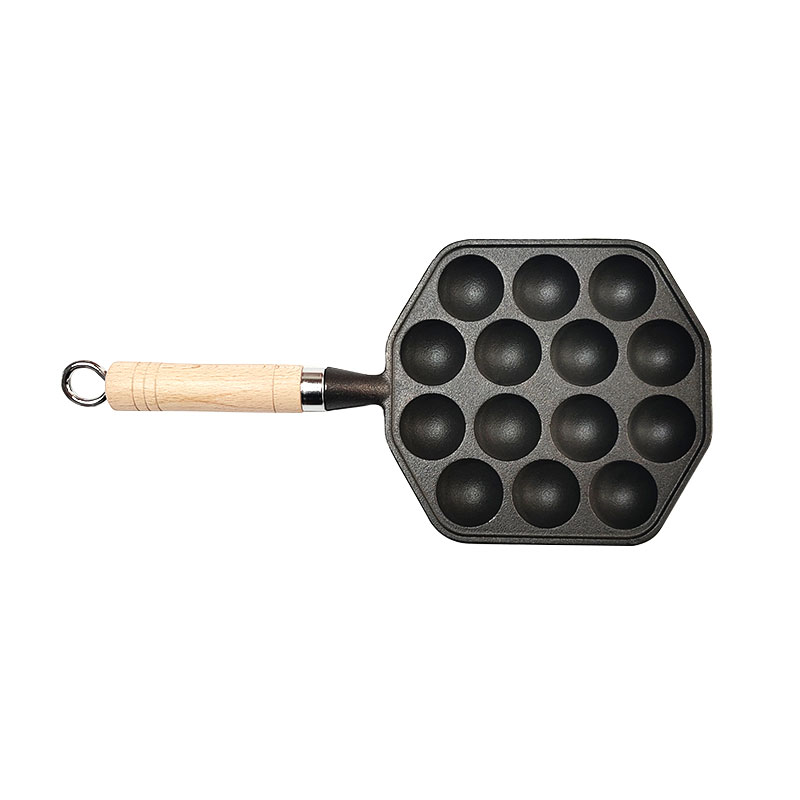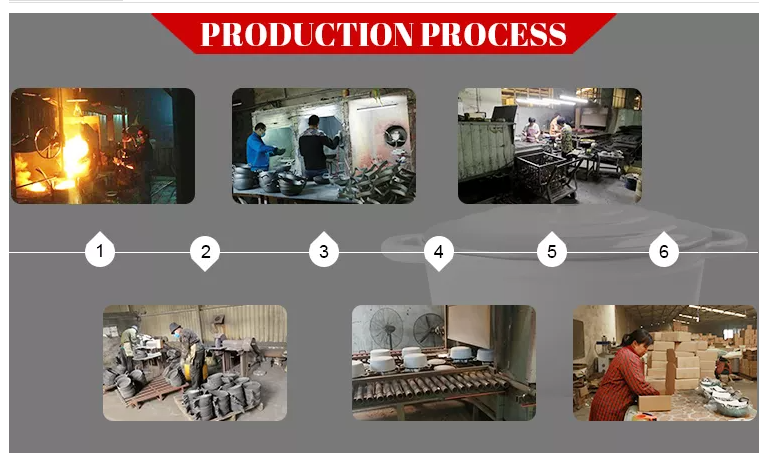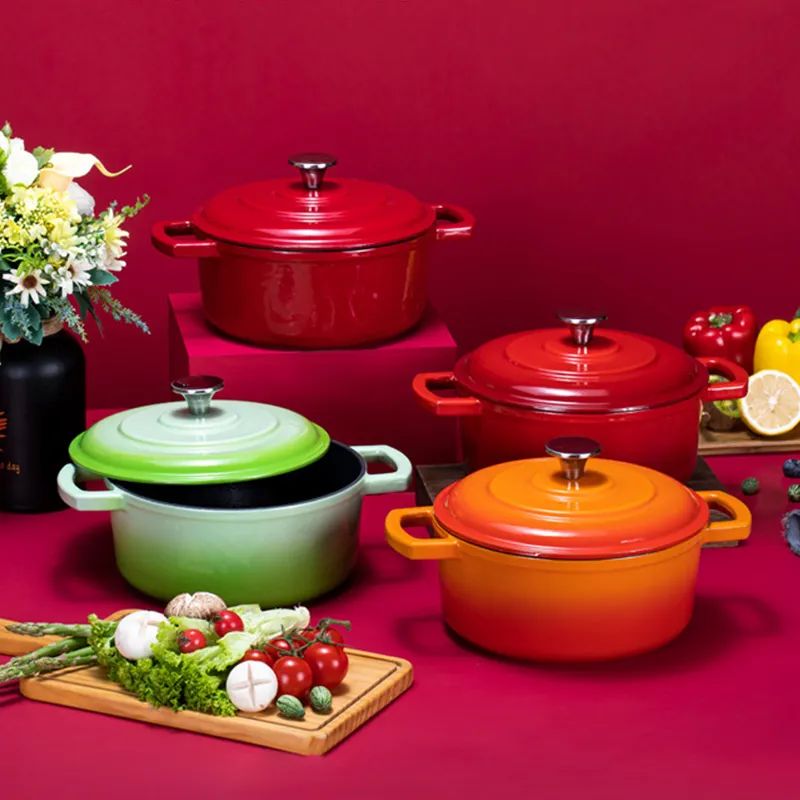- Afrikaans
- Albanian
- Amharic
- Arabic
- Armenian
- Azerbaijani
- Basque
- Belarusian
- Bengali
- Bosnian
- Bulgarian
- Catalan
- Cebuano
- Corsican
- Croatian
- Czech
- Danish
- Dutch
- English
- Esperanto
- Estonian
- Finnish
- French
- Frisian
- Galician
- Georgian
- German
- Greek
- Gujarati
- Haitian Creole
- hausa
- hawaiian
- Hebrew
- Hindi
- Miao
- Hungarian
- Icelandic
- igbo
- Indonesian
- irish
- Italian
- Japanese
- Javanese
- Kannada
- kazakh
- Khmer
- Rwandese
- Korean
- Kurdish
- Kyrgyz
- Lao
- Latin
- Latvian
- Lithuanian
- Luxembourgish
- Macedonian
- Malgashi
- Malay
- Malayalam
- Maltese
- Maori
- Marathi
- Mongolian
- Myanmar
- Nepali
- Norwegian
- Norwegian
- Occitan
- Pashto
- Persian
- Polish
- Portuguese
- Punjabi
- Romanian
- Russian
- Samoan
- Scottish Gaelic
- Serbian
- Sesotho
- Shona
- Sindhi
- Sinhala
- Slovak
- Slovenian
- Somali
- Spanish
- Sundanese
- Swahili
- Swedish
- Tagalog
- Tajik
- Tamil
- Tatar
- Telugu
- Thai
- Turkish
- Turkmen
- Ukrainian
- Urdu
- Uighur
- Uzbek
- Vietnamese
- Welsh
- Bantu
- Yiddish
- Yoruba
Premium Cast Iron Enamel Casserole & Frying Pans – FAQs
What makes this Dutch oven and frying pan set premium quality?


These products are made from heavy-duty cast iron with a smooth enamel coating, offering excellent heat retention, non-stick performance, and long-term durability.
Is the enamel coating safe for cooking acidic or high-heat foods?


Yes. The enamel surface is non-reactive, meaning it won’t affect the taste or color of acidic foods, and it can withstand high temperatures without damage.
Can these pots and pans be used on all cooking surfaces?


Absolutely. They are suitable for gas, electric, ceramic, induction stovetops, and can also be used in the oven.
Do I need to season the enamel cast iron cookware before use?


No seasoning is required. The enamel coating provides a non-stick layer, so the cookware is ready to use without additional preparation.
How should I clean and store this cookware set?


Allow the cookware to cool before washing. Use warm water with mild detergent and a soft sponge. Avoid metal utensils and dishwashers to preserve the enamel finish.


ڪاسٽ آئرن ڪڪ ويئر ڊيلز لاءِ هاڻي پڇا ڳاڇا ڪريو
مھرباني ڪري ھيٺ ڏنل فارم ڀريو ۽ اسان جي ٽيم قيمت، پراڊڪٽ جي تفصيل، ۽ ڪسٽمائيزيشن اختيارن سان توھان سان رابطو ڪندي.










